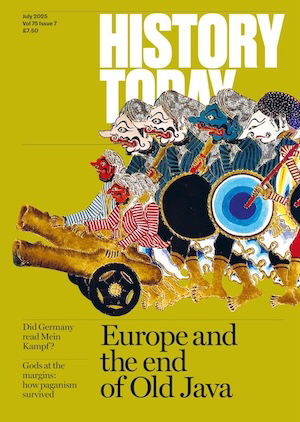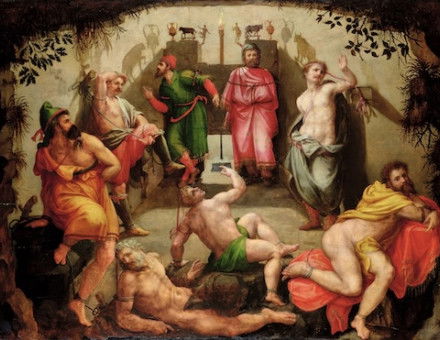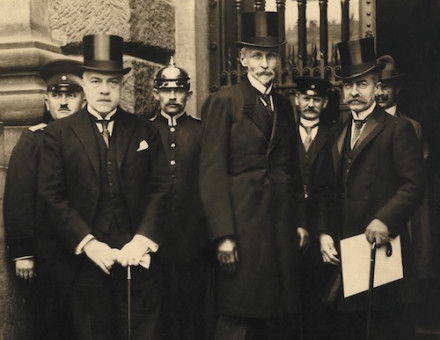The German People’s Day of Mourning
Gabriel Fawcett investigates how the Germans commemorate the losses they sustained in the First and Second World Wars.
'I had an invitation for the ceremony here, but now I see it was for yesterday not today. Shame, I would love to have taken part,’ says a woman in her mid-seventies. We are standing in a war cemetery in the Neukölln district of Berlin. It is the second Sunday before advent – Germany’s annual ‘Volkstrauer-tag’ or the ‘People’s Day of Mourning’.
With a girlish smile, the woman has agreed to be interviewed. She is dressed in pink and wears a lot of perfume. ‘Do you have a personal reason for being here?’ I ask. ‘Yes.’ Her face falls suddenly, silent. When she speaks again it is in a pained whisper: ‘I lost my two brothers in the war. And my father. And my grandparents. All five of them … I can’t go on, let’s not talk any more’.





